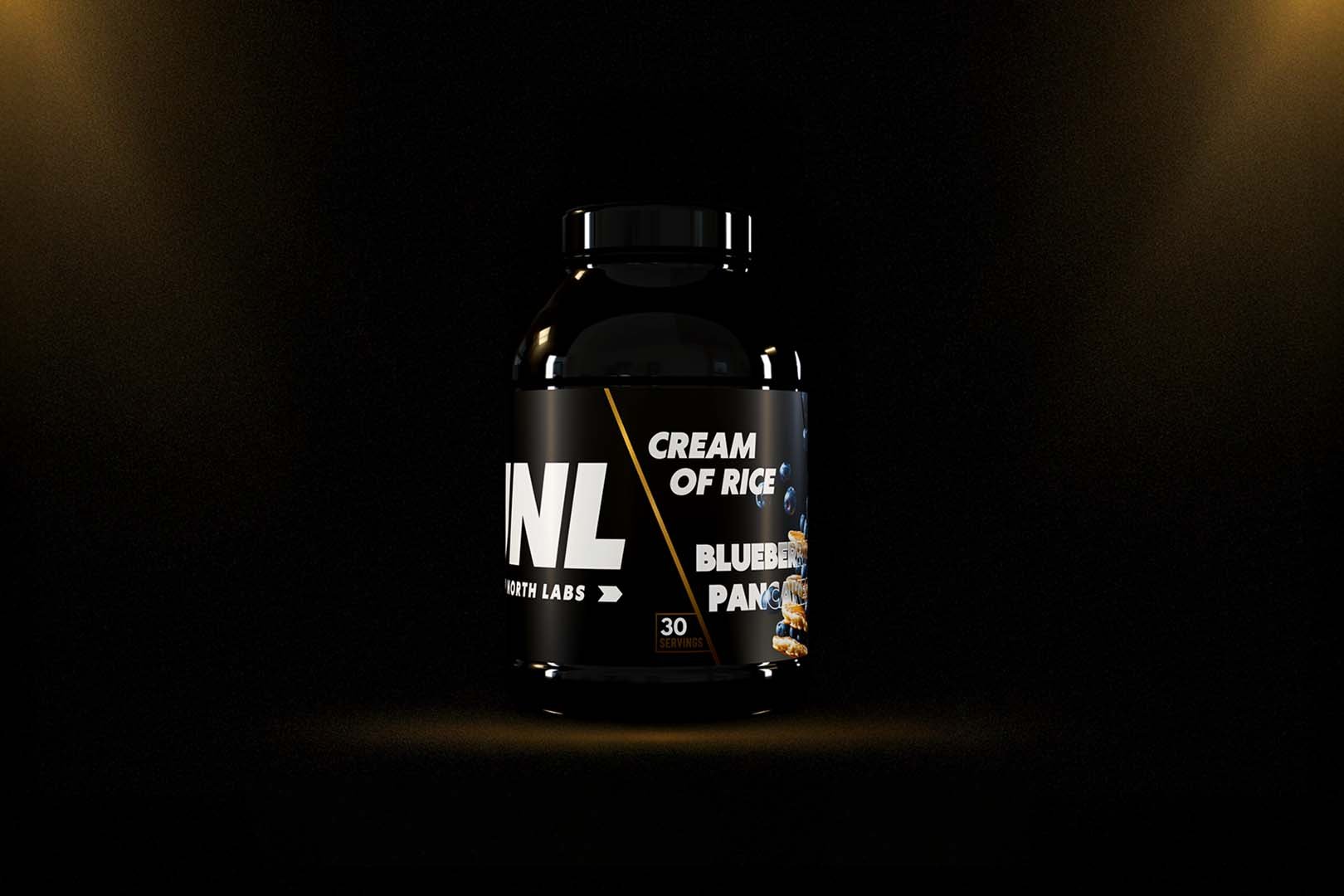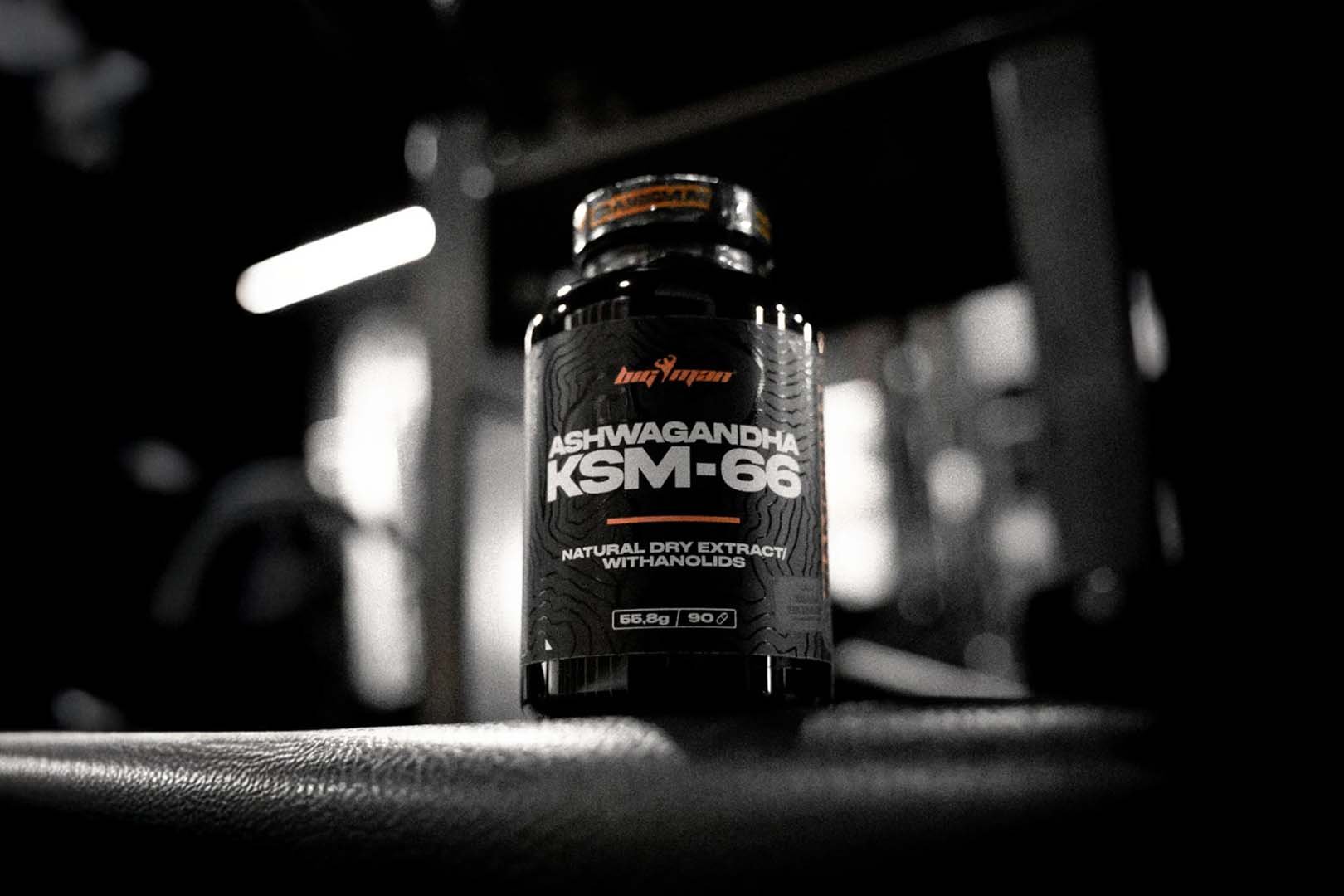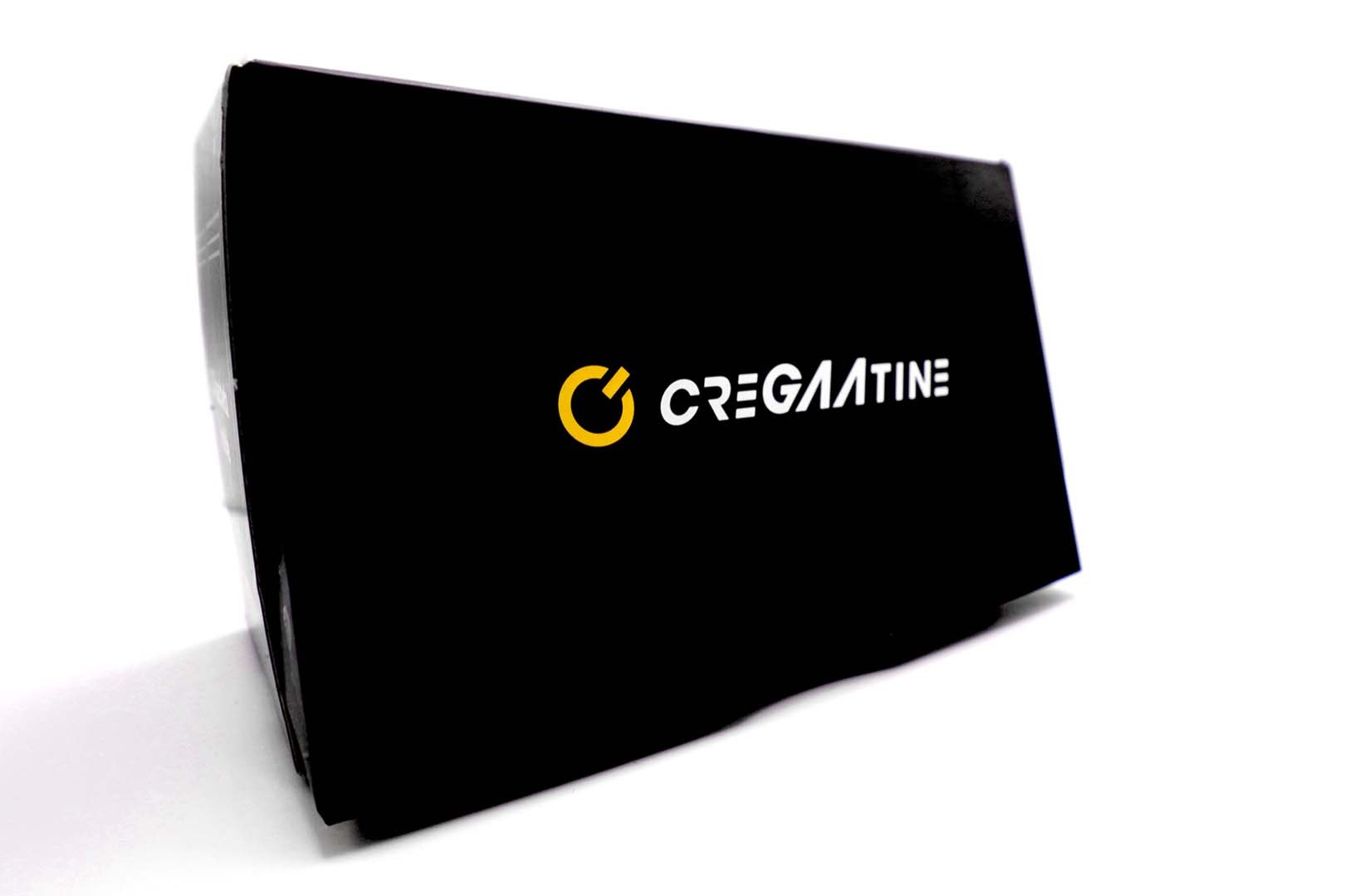
Over the last several weeks, we’ve been putting the emerging creatine alternative, CreGAAtine, to the test, a blend of classic creatine monohydrate and guanidinoacetic acid. We grabbed a box on Amazon at $29 to find out firsthand what kind of differences and benefits it offers compared to standard creatine monohydrate, something we’re extremely familiar with. The ingredient has some strong highlights to its name, including an eight times better increase in creatine levels compared to standard creatine.
On paper, CreGAAtine sounds great, similar to a lot of things in the sports nutrition industry where it has added quality or efficacy for a higher price. The question with those sorts of supplements is whether the juice is worth the squeeze or, more simply, will you get greater results from throwing down the extra cash? With something like creatine, that’s an important question to ask, as it is one of the most trusted ingredients in the industry, and it is incredibly cost-effective to add to your day-to-day stack.
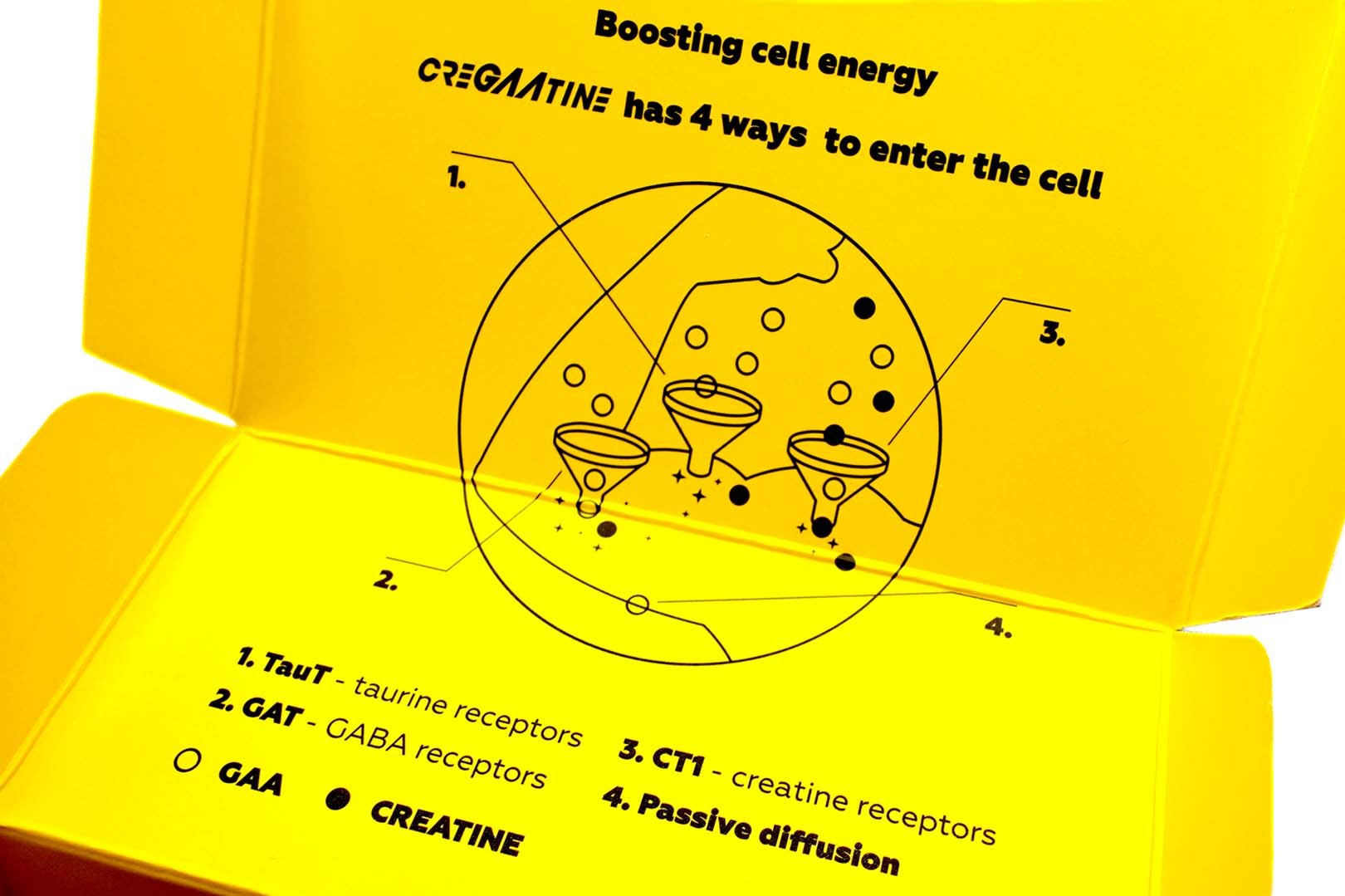
Review
We utilized CreGAAtine for the same purpose as general creatine: to improve muscle performance, strength, and power; in fact, we directly compared it with the use of regular creatine monohydrate, where we followed up a lengthy run with CreGAAtine. We figured utilizing it straight from nothing would add a whole bunch of time to the review due to the loading portion, and comparing it to tried and true creatine monohydrate was the main thing we wanted to do to figure out whether CreGAAtine is our new go-to creatine supplement.
Keep in mind this was purely how it played out for us, and we don’t imagine everyone will feel this way, but going from a run of creatine monohydrate to CreGAAtine, the experience was roughly the same. The strength and performance benefits were about on par with one another, to the extent that we didn’t notice any overly large leap in results. The weights being lifted were similarly elevated and what we expected, and the additional performance in terms of endurance and time-to-exhaustion was about the same too.
One of the other highlights of CreGAAtine is no water retention, something we figured would prove itself by way of dropping weight after shifting from creatine monohydrate, and during the weeks we were trialing CreGAAtine. Personally, water retention, or even bloating, as some describe it, is never a side effect we experience with any type of creatine, including monohydrate. In that case, we may not be the best way to trial that specific benefit of CreGAAtine, either way, we felt it was worth sharing.
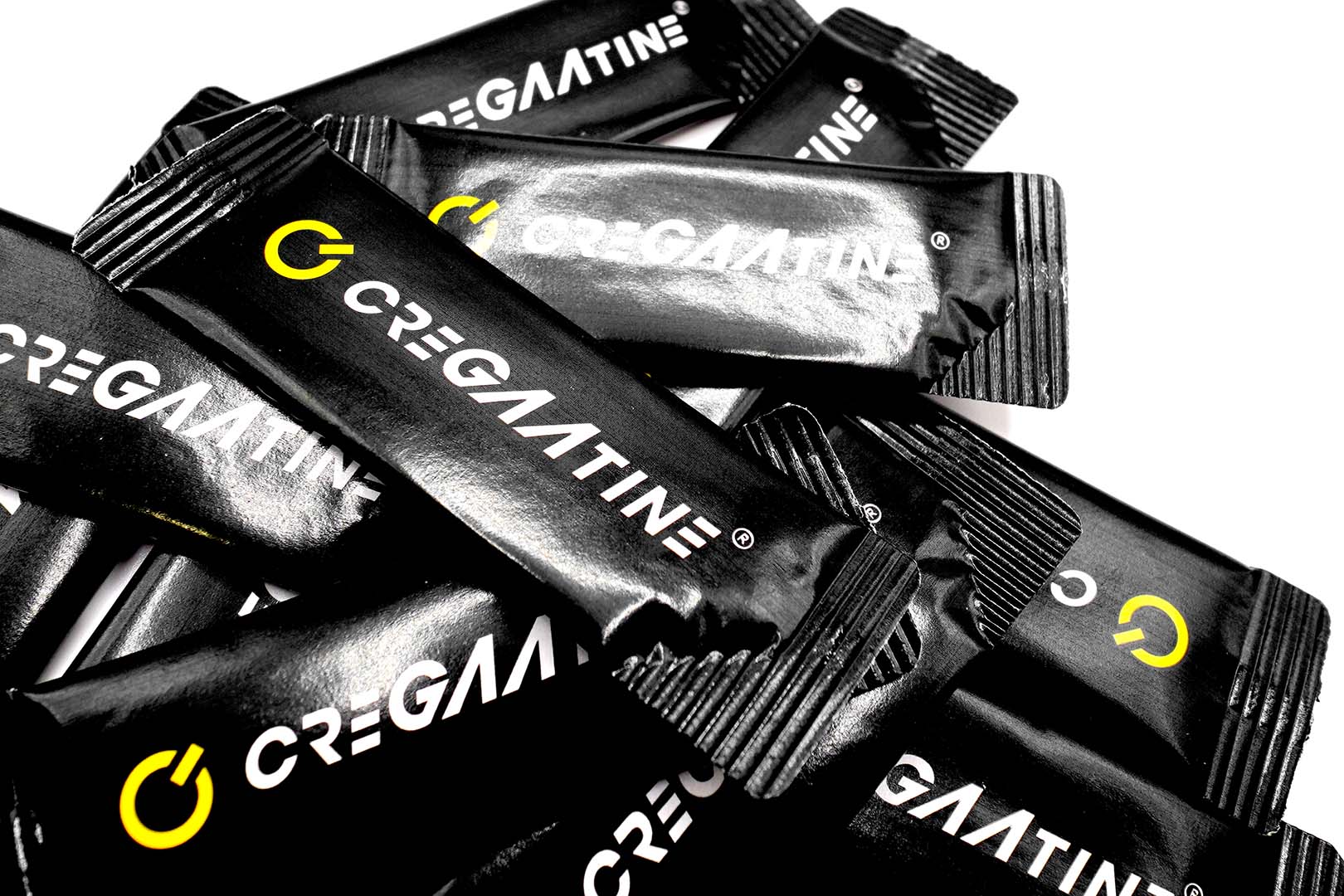
Summary
We were extremely excited to give CreGAAtine a try to find out how different it is, if it offers anything beyond the creatine we know and love, and the sort of effects its innovation brings to the table. There have been times we’ve used creatine, and our results and numbers came flying up, and times when they were more moderate; you don’t always get the same leaps no matter how much you push. Either way, the benefits of creatine are always noticeable, and with all of that in mind, we just didn’t see any over-the-top changes or differences when going from creatine monohydrate to CreGAAtine, and we stuck to the plan of two sticks a day at varying times of the day, mostly post-workout in a protein shake.
On paper, CreGAAtine still has plenty of exciting and promising highlights, especially with the drastically improved creatine levels, so while it didn’t stand out to us, feel free to give it a try. Again, over on Amazon you can grab the same box of 60 servings or 30 days’ supply as we ran at $29, which is significantly more expensive than traditional creatine monohydrate. In saying that, you may find it to be the improvement and superior creatine you’re looking for, and it could be worth the squeeze for you personally.
